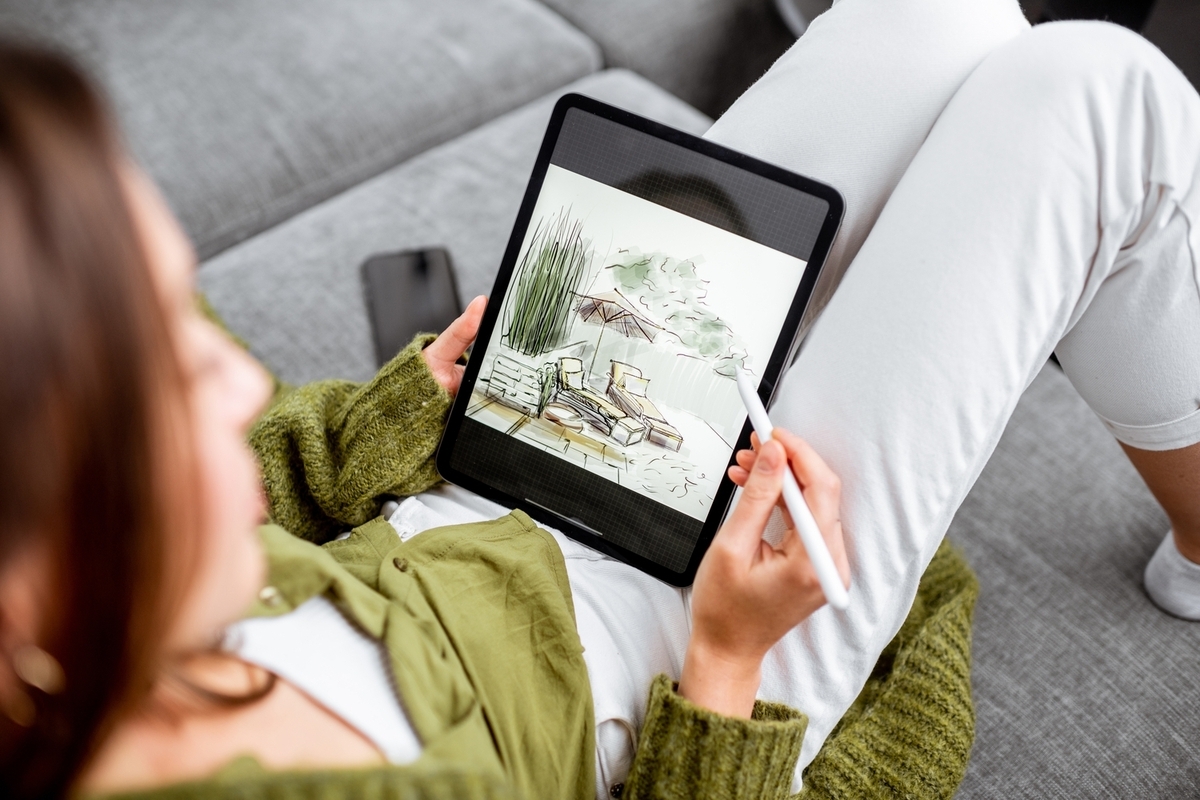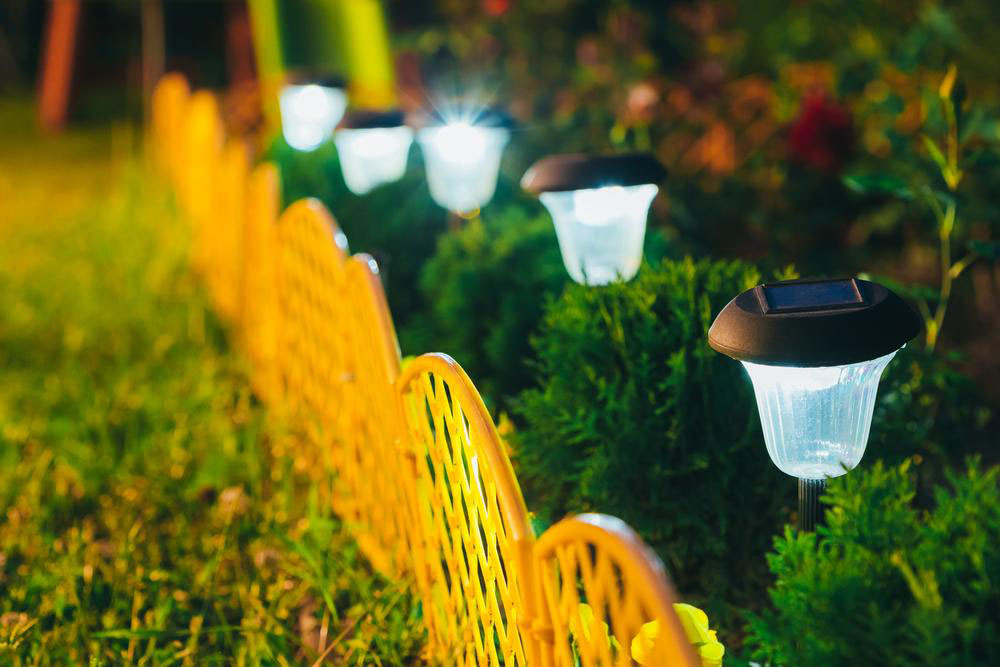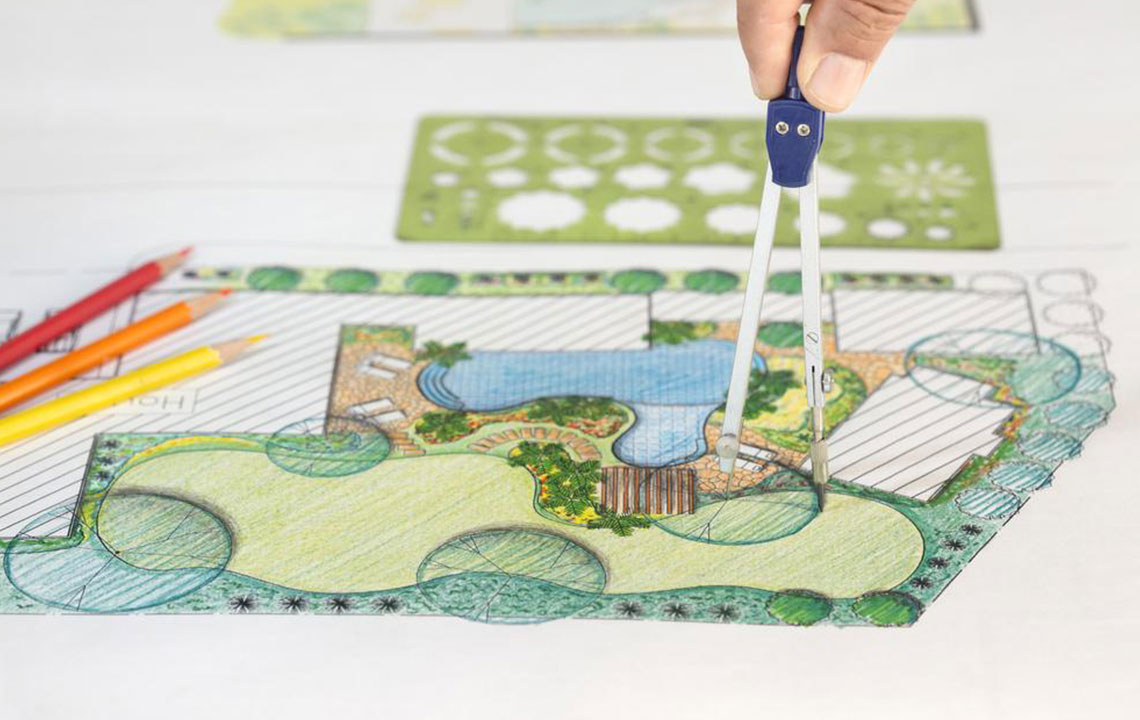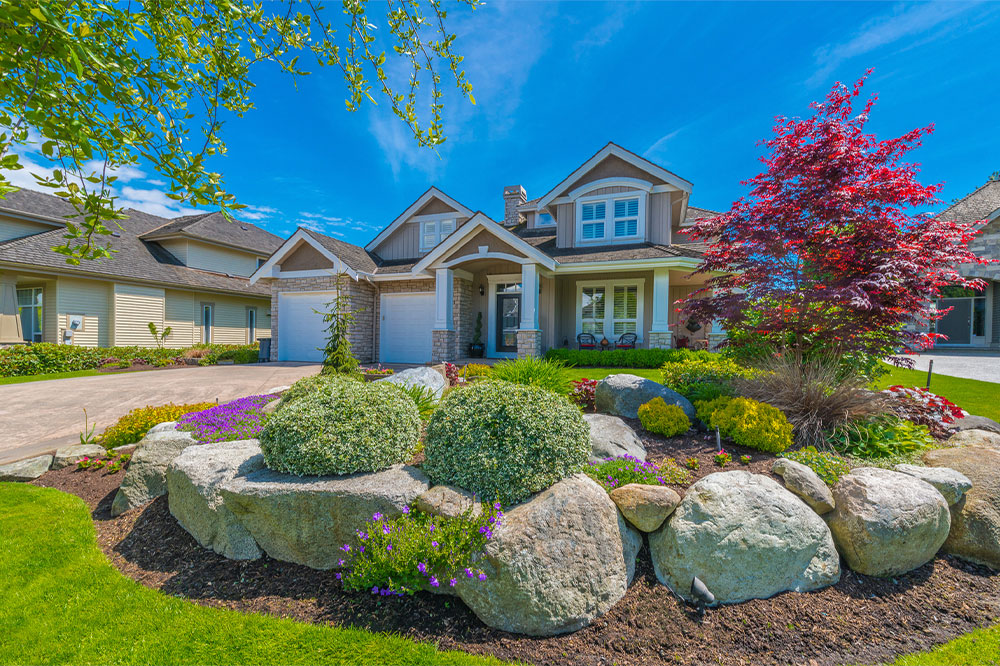Complete Guide to Landscape Design Tools: Transform Your Outdoor Spaces with Precision and Creativity
Discover comprehensive landscape design tools that streamline your outdoor project workflows. From traditional drawing instruments to advanced 3D software and visualization techniques, this guide offers expert insights to elevate your landscape architecture. Learn how precise measurements, innovative software, and visualization tools can transform your outdoor spaces into beautiful, functional environments with enhanced accuracy and efficiency.

Complete Guide to Landscape Design Tools: Transform Your Outdoor Spaces with Precision and Creativity
Designing and building captivating outdoor environments requires more than just creativity; it demands the right set of tools that enable precision, efficiency, and innovation. Whether you're a professional landscape architect or a dedicated gardening enthusiast, understanding and utilizing appropriate landscape design tools can significantly elevate the quality of your projects. This comprehensive guide delves into essential landscape design equipment and software that empower you to craft stunning, functional outdoor spaces with ease and accuracy, ensuring your projects stand out in both appearance and durability.
The Importance of Landscape Design Tools
In landscape architecture and design, multiple phases such as planning, designing, construction, and ongoing maintenance require specialized tools. These tools help streamline workflows, guarantee measurement accuracy, facilitate clear communication of ideas, and accelerate project completion. Whether you're creating a small backyard retreat or designing sprawling commercial landscapes, employing the right tools makes a tangible difference in the final result.
The advantages of integrating advanced landscape design tools include:
1. Enhanced Precision: Accurate measurements are crucial for harmonious and scalable outdoor layouts. Precise tools reduce errors, prevent costly mistakes, and ensure that features fit perfectly within the space.
2. Increased Efficiency: Using specialized equipment accelerates both the design and construction phases, saving significant time and labor. This allows for more projects to be completed within a shorter time frame, boosting productivity.
3. Boosted Creativity: Advanced tools, especially digital software and visualization technology, enable designers to experiment with innovative ideas and detailed renderings, fostering creativity and client satisfaction.
4. Improved Communication: High-quality visualizations and detailed plans facilitate smoother communication with clients, contractors, and team members, ensuring everyone understands the project scope and expectations.
Core Landscape Design Tools and Equipment
1. Traditional Drawing Instruments
While digital tools are prevalent, traditional sketching and drafting remain fundamental in landscape design. Mastering basic drawing instruments lays a solid foundation for more complex digital work. Essential tools include:
Pencils and Pens: For initial sketches, outlines, and detailed annotations. Different pencil grades can produce varied line weights for clarity.
Sketch Pads: Durable and large enough for multiple iterations of your design ideas, helping to refine concepts before digital rendering.
2. Computer-Aided Design (CAD) Software
Modern landscape designers depend heavily on sophisticated software to create precise, detailed plans and 3D visualizations. Popular programs include:
AutoCAD: An industry-standard for detailed drafting, capable of producing complex plans with accuracy and easy modifications.
SketchUp: User-friendly and versatile, ideal for quick 3D modeling and visual representation of landscape concepts.
Land F/X: An extension of AutoCAD tailored for landscape architecture, providing tools for planting, irrigation, and hardscape designs.
3. Measurement and Site Assessment Devices
Accurate site measurements are critical to translating plans into real-world implementations. Key devices include:
Measuring Tape: Essential for on-site distance measurements, providing flexibility and portability.
Measuring Wheel: Suitable for larger areas, enabling quick estimations of longer distances.
Laser Distance Meter: Offers laser-precise measurements, reducing errors and saving time on large or complex sites.
4. Plant Selection and Vegetation Planning Tools
Choosing the right plants ensures durability, aesthetic appeal, and environmental harmony. Useful tools include:
Plant Databases and Software: Platforms like PlantMaster provide detailed profiles of plant species, growth habits, maintenance needs, and soil preferences.
On-site Plant Tags: Markers for tracking plant locations, health, and progress during installation and maintenance phases.
5. Visualization and Rendering Technologies
Visualizations help clients and designers better understand spatial arrangements and aesthetic outcomes. Effective tools consist of:
Drones: Capture high-resolution aerial imagery for comprehensive site analysis and presentation.
3D Rendering Software: Programs like Lumion generate highly realistic representations of proposed landscapes, including lighting and material effects.
6. Garden and Landscape Planning Applications
User-friendly apps make layout design more accessible and convenient. Popular options include:
Garden Planner: Create detailed garden layouts, experiment with plant placements, and generate visual mockups easily.
Plan-a-Garden: From Better Homes & Gardens, helps visualize and tweak garden designs before implementation.
Specialized Landscape Design Tools
For specific tasks, particular tools ensure precision and efficiency:
Irrigation Design Software: Rain Bird Design Software and online calculators assist in creating efficient watering systems that conserve water and reduce costs.
Hardscape Layout Tools: Paver pattern software and laser levels guarantee proper alignment and patterning for patios, walkways, and retaining walls.
In conclusion, integrating the right combination of traditional and digital landscape design tools significantly enhances the quality, efficiency, and creativity of your projects. Staying current with emerging technologies not only improves precision but also enables more innovative and sustainable outdoor designs. Whether managing small residential gardens or large commercial landscapes, the right tools are essential for transforming visions into reality, ensuring durable and visually stunning results for years to come.




